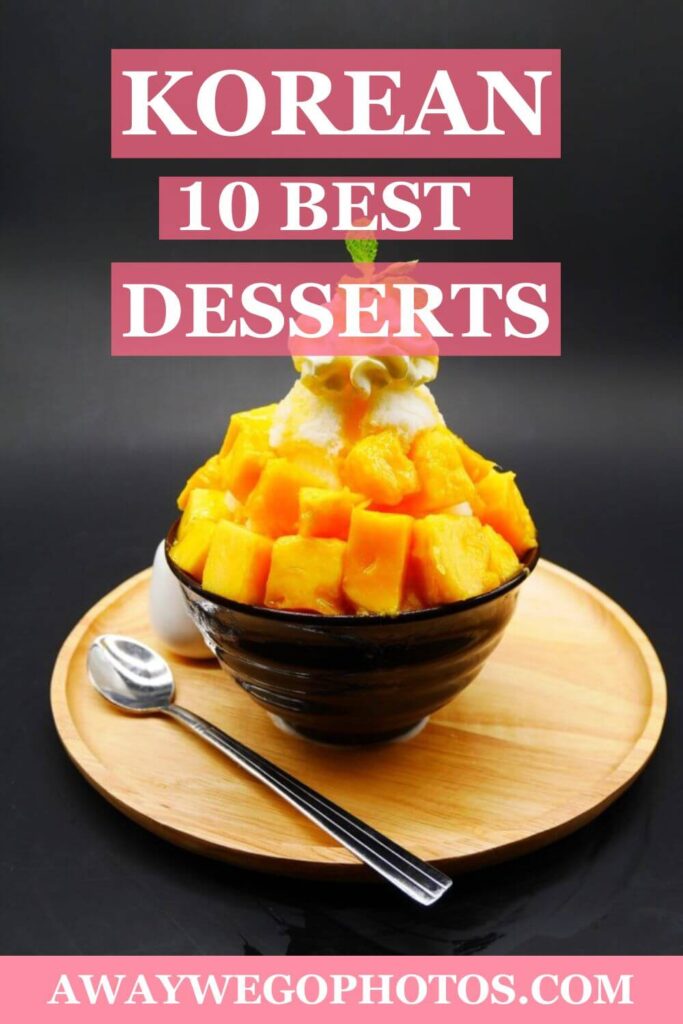Korean cuisine is celebrated for its rich flavors, diverse textures, and unique culinary traditions, and its desserts are no exception. From the sweet and chewy to the cold and refreshing, Korean desserts offer a delightful array of treats that cater to every palate.
In this article, we will explore the 10 best Korean desserts that you must try. Whether you’re a fan of classic favorites like bingsu and hotteok or looking to discover new delights like yakgwa and chapssaltteok, this list will guide you through the sweetest corners of Korean culinary tradition. Join us as we dive into these delectable desserts, each one a testament to Korea’s rich cultural heritage and innovative spirit in the world of sweets.
Ready to try Korean Desserts!
Bingsu
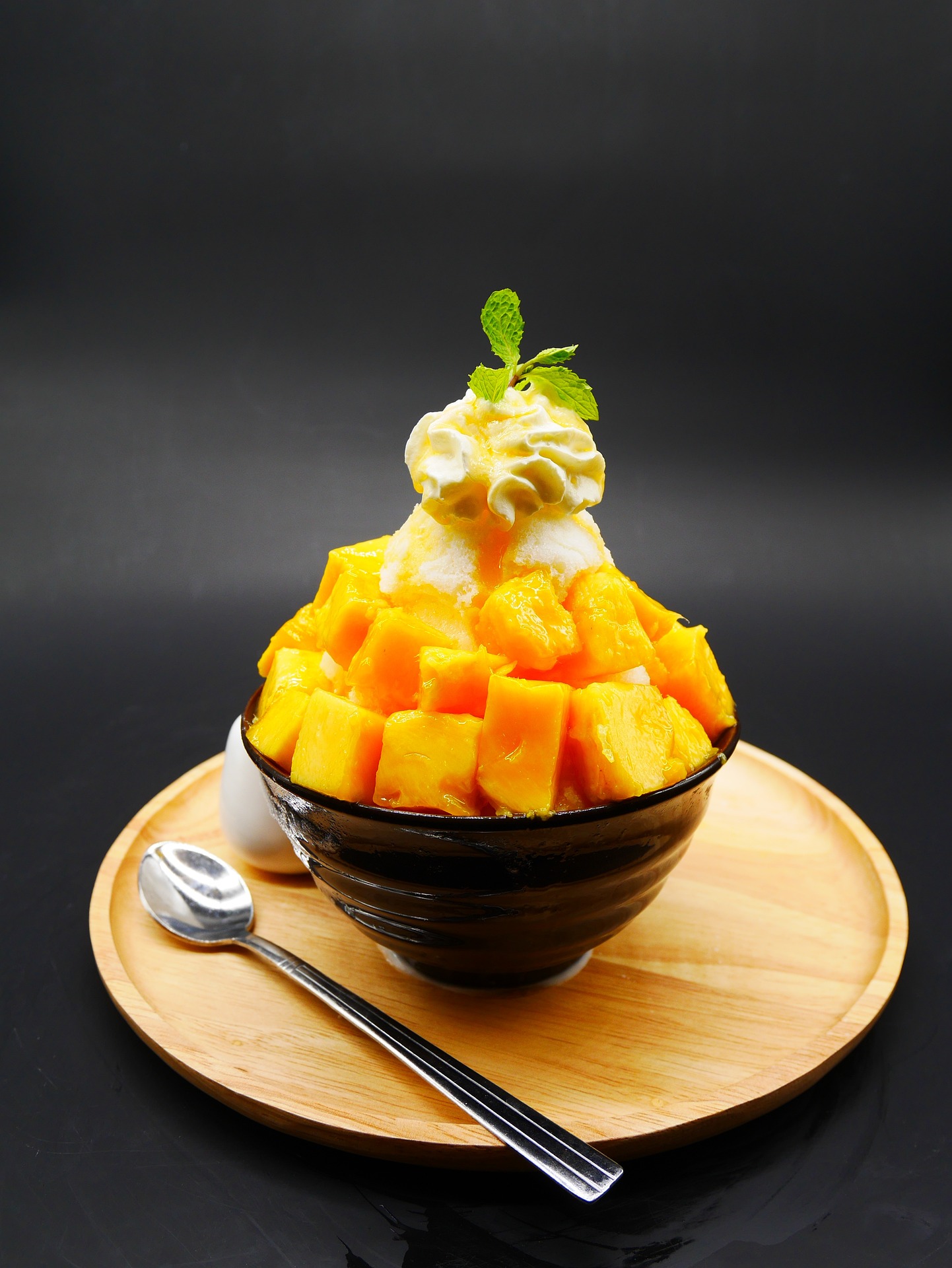
Bingsu is a popular Korean dessert consisting of finely shaved ice topped with a variety of sweet ingredients. Traditional versions feature red beans, while modern variations include fruit, condensed milk, and ice cream. Refreshing and customizable, Bingsu is a perfect treat for hot summer days.
5 Key Facts
- Origin: Bingsu originated in Korea and has been enjoyed since the Joseon Dynasty.
- Base: The dessert features finely shaved ice as its base.
- Toppings: Traditional toppings include sweetened red beans (pat), while modern versions often include fruits, condensed milk, syrups, and ice cream.
- Variety: There are numerous variations, such as patbingsu (with red beans) and fruit bingsu.
- Popularity: Bingsu is especially popular during the summer for its refreshing and cooling qualities.
Recipes to try
Patbingsu
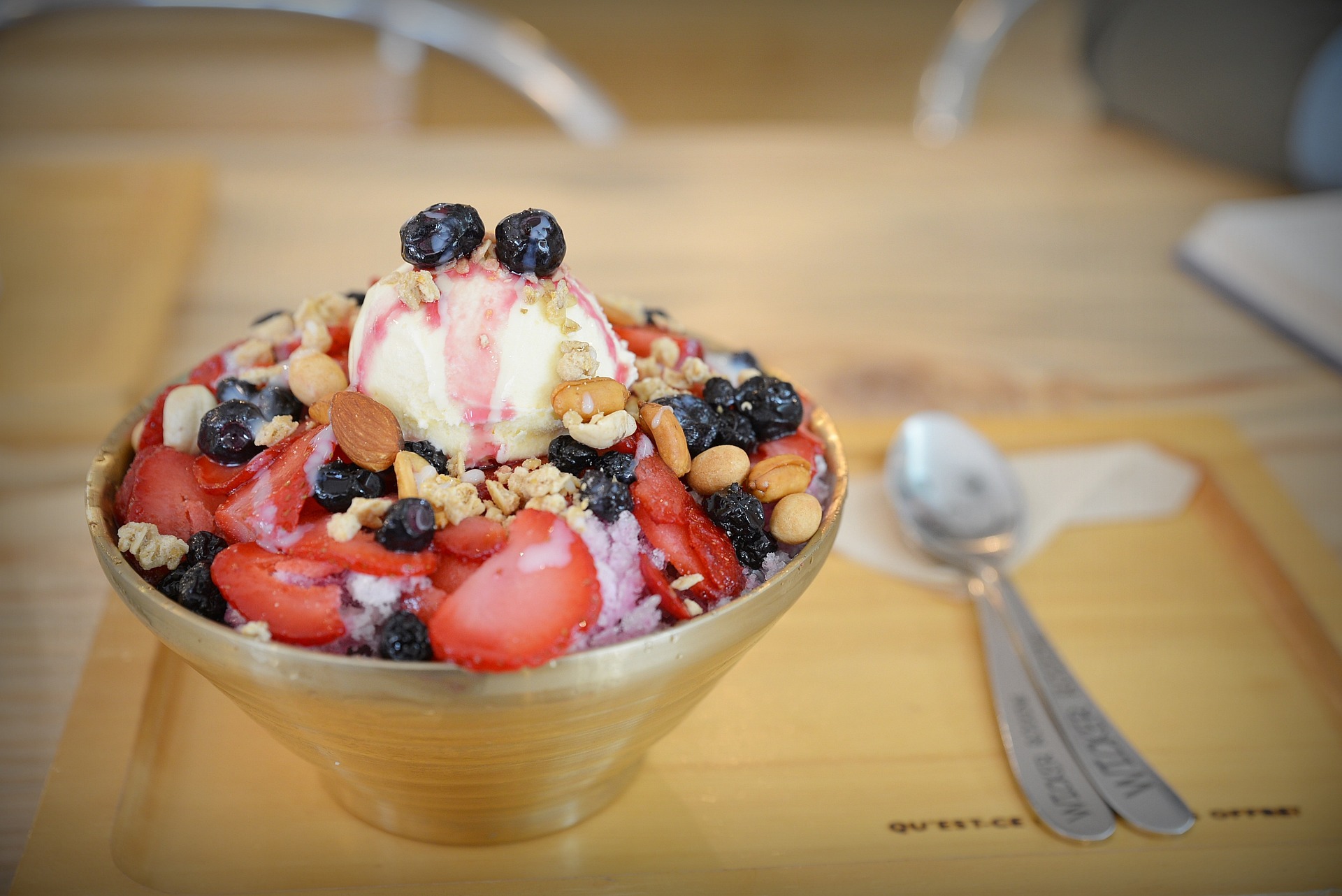
Patbingsu is a traditional Korean dessert made from finely shaved ice topped with sweetened red beans (pat). Often garnished with ingredients like mochi, fruits, condensed milk, and sometimes ice cream, Patbingsu is a refreshing and delightful treat, especially popular during Korea’s hot summer months.
5 Key Facts
- Traditional Origin: Patbingsu dates back to the Joseon Dynasty, making it a traditional Korean dessert.
- Main Ingredient: The dessert’s signature feature is the sweetened red beans (pat) topping.
- Shaved Ice Base: It is made with finely shaved ice as the base.
- Variety of Toppings: Common toppings include mochi, fruits, condensed milk, and sometimes ice cream.
- Seasonal Popularity: Patbingsu is especially popular during the hot summer months for its refreshing taste and cooling effect.
Recipes to try
Hotteok
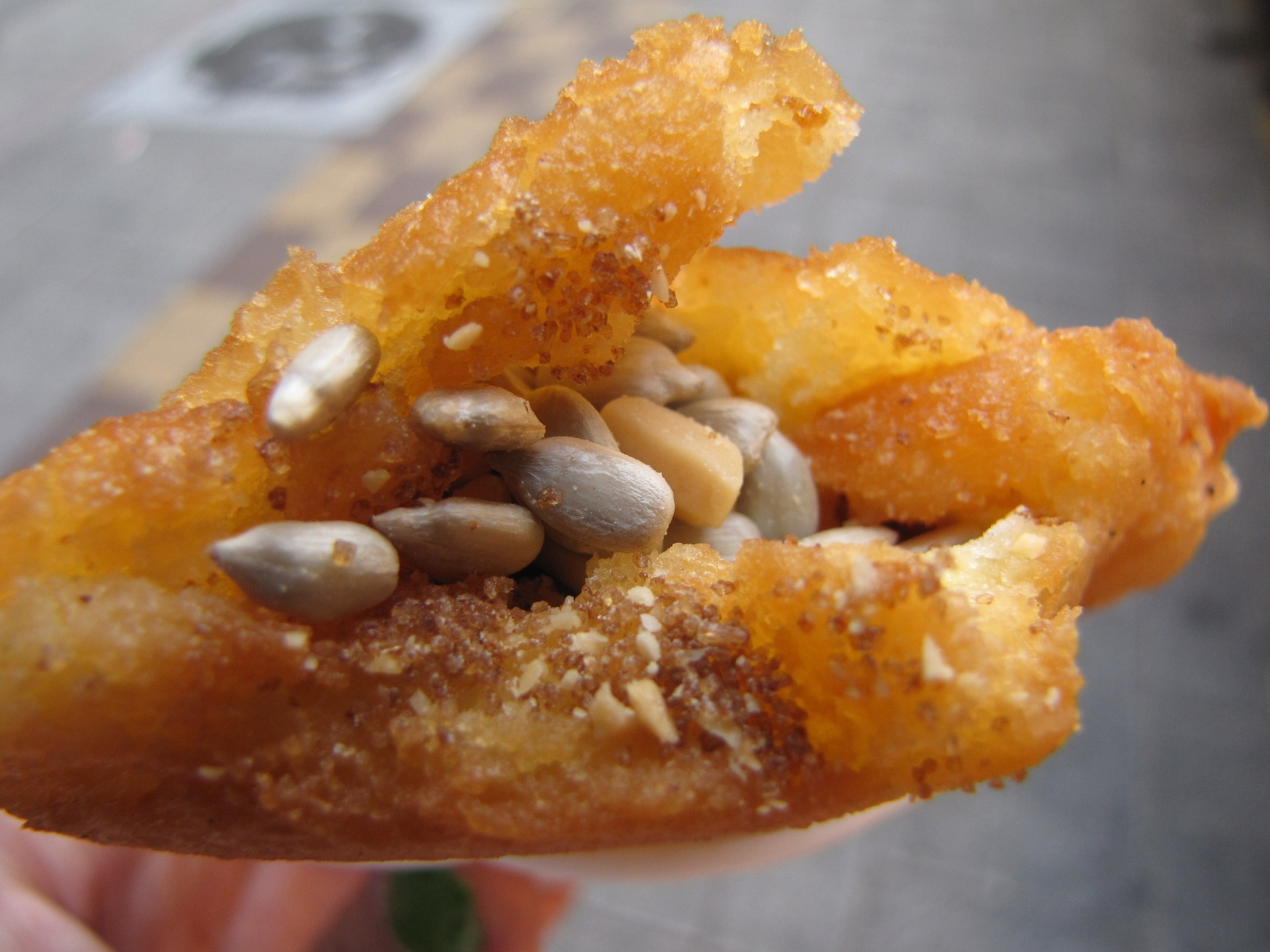
Hotteok is a popular Korean street food, particularly enjoyed in the winter. These sweet pancakes are filled with a mixture of brown sugar, cinnamon, and chopped nuts. Crispy on the outside and chewy on the inside, hotteok offers a warm and comforting treat for all ages.
5 Key Facts
- Street Food: Hotteok is a popular Korean street food, especially in winter.
- Filling: It is filled with a mixture of brown sugar, cinnamon, and chopped nuts.
- Texture: The pancake is crispy on the outside and chewy on the inside.
- Popularity: It is a favorite among all ages for its warm and comforting taste.
- Origin: Hotteok was introduced to Korea by Chinese immigrants in the early 20th century.
Recipes to try
Tteokbokki
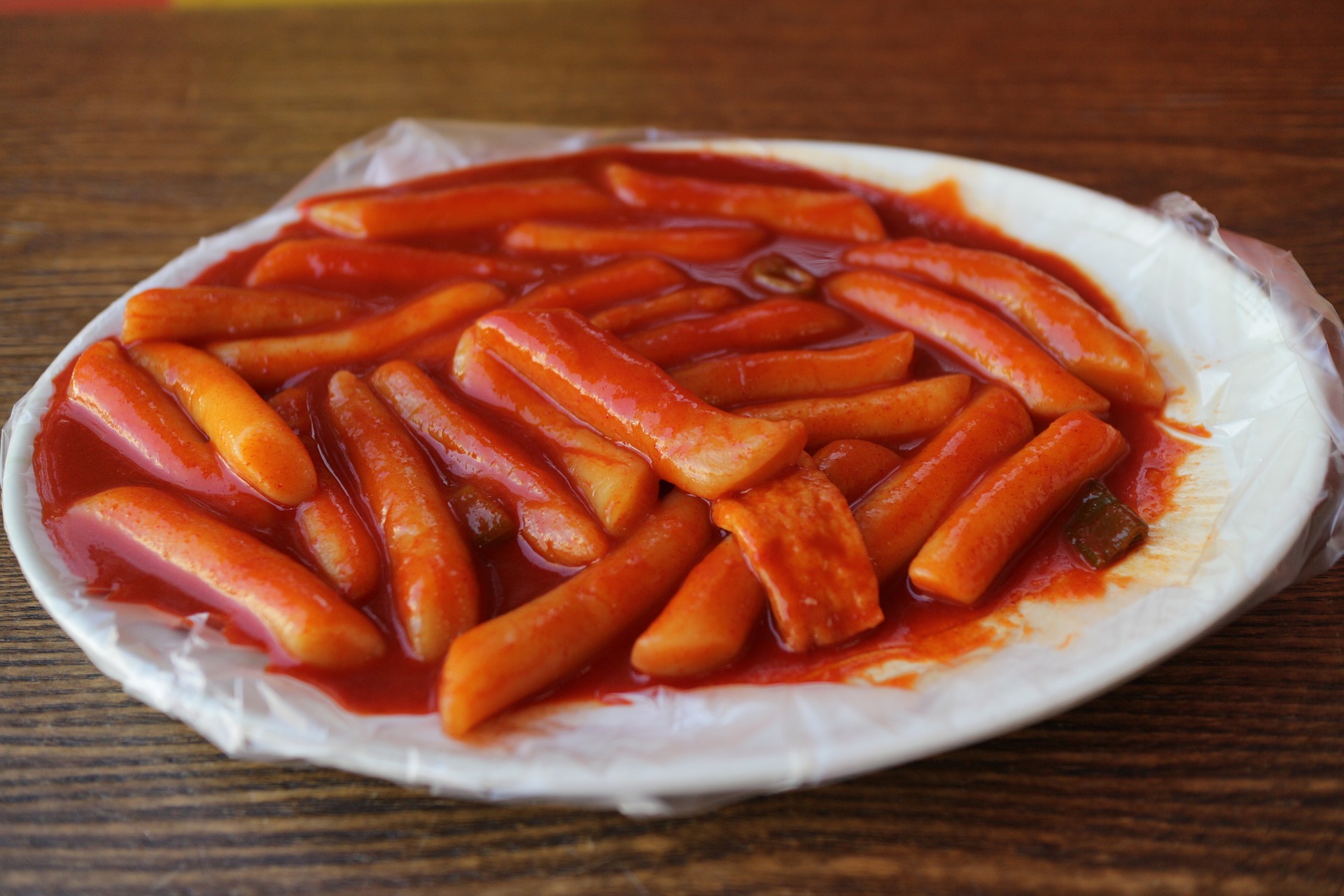
Tteokbokki is a beloved Korean street food featuring chewy rice cakes stir-fried in a spicy, sweet red chili sauce. Often garnished with fish cakes, boiled eggs, and green onions, Tteokbokki offers a deliciously spicy flavor and satisfying texture, making it a popular comfort food.
5 Key Facts
- Main Ingredients: Tteokbokki consists of chewy rice cakes stir-fried in a spicy, sweet red chili sauce.
- Popular Additions: Common garnishes include fish cakes, boiled eggs, and green onions.
- Street Food Staple: It is a beloved Korean street food, frequently enjoyed as a snack or meal.
- Flavor Profile: The dish is known for its deliciously spicy and sweet flavor.
- Cultural Significance: Tteokbokki is a popular comfort food in Korea, often associated with warmth and satisfaction.
Recipes to try
Ho-dduk
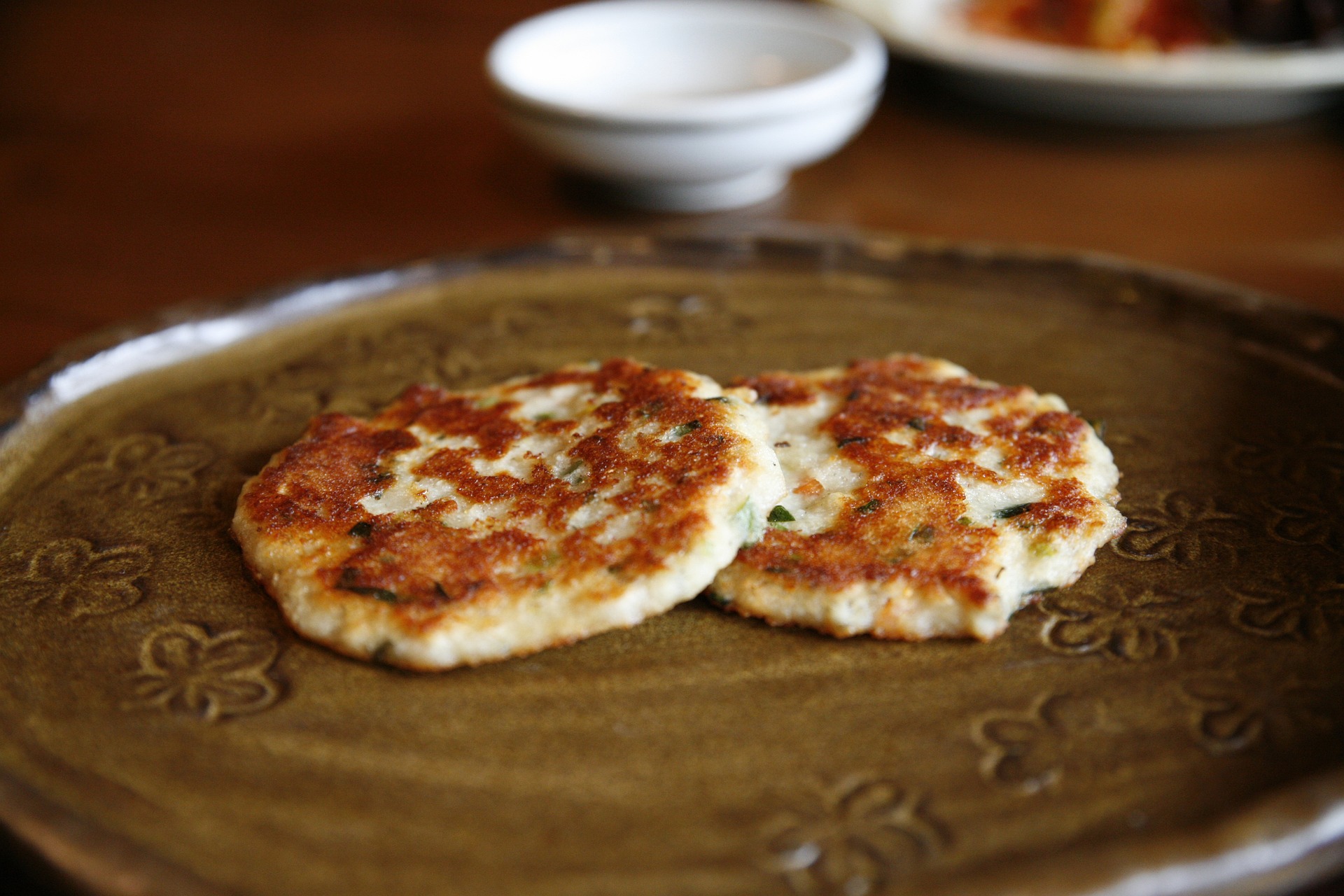
Ho-dduk, also known as Hotteok, is a sweet Korean pancake filled with brown sugar, cinnamon, and chopped nuts. Crispy on the outside and chewy inside, this treat is especially popular during the winter months, offering a warm and delightful snack enjoyed by all ages.
5 Key Facts
- Sweet Pancake: Ho-dduk is a sweet Korean pancake filled with a mixture of brown sugar, cinnamon, and chopped nuts.
- Texture: It is known for its crispy exterior and chewy interior.
- Seasonal Delight: Particularly popular during the winter months, Ho-dduk offers a warm and comforting snack.
- Street Food: Often sold as a street food, it’s a favorite among locals and tourists alike.
- Customizable: While the traditional filling is brown sugar, cinnamon, and nuts, variations with different fillings like cheese or chocolate are also available.
Recipes to try
Hodugwaja
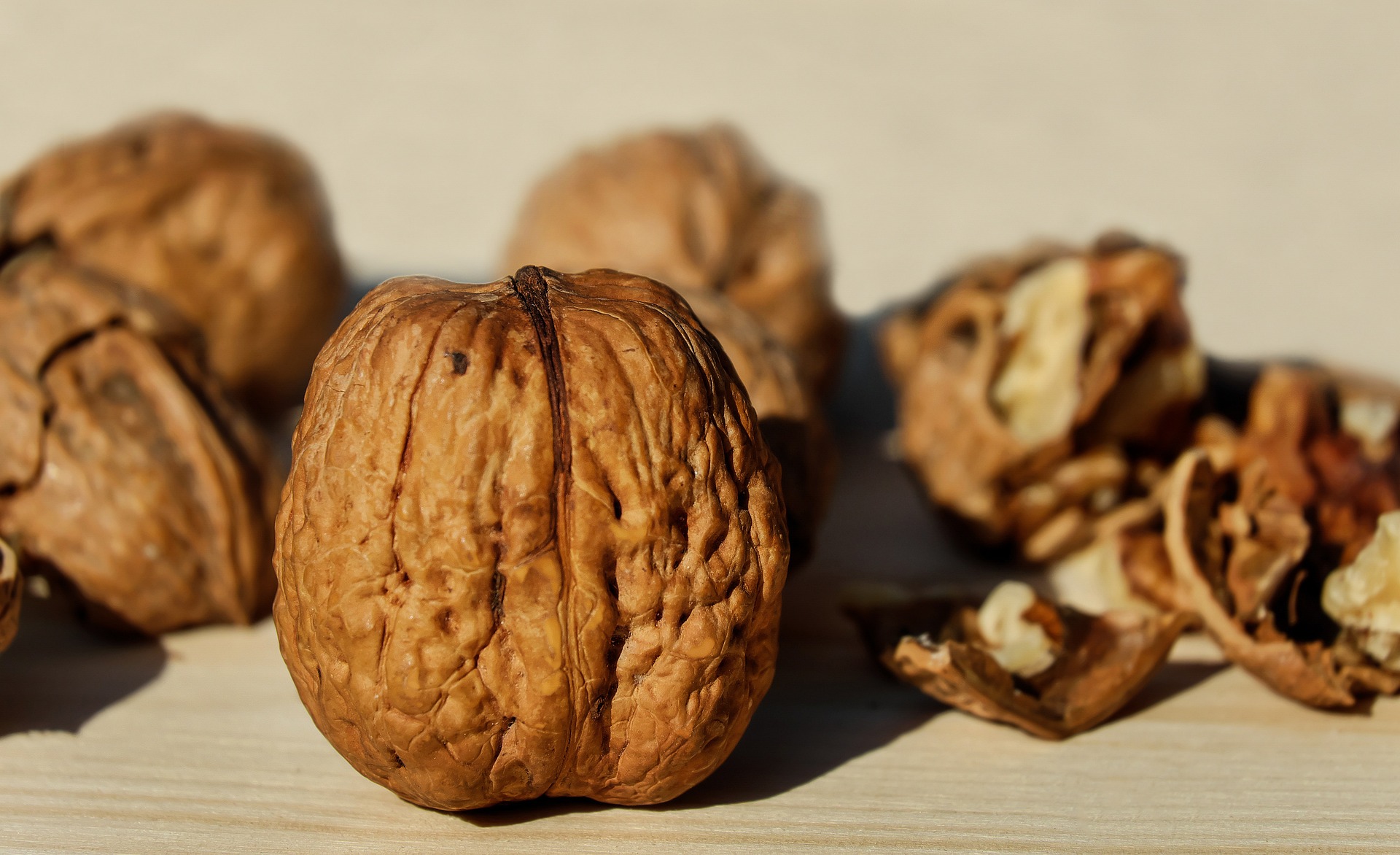
Hodugwaja, or walnut cakes, are a popular Korean snack originating from the city of Gyeongju. These bite-sized treats are made from a batter of glutinous rice flour and filled with sweet red bean paste and a walnut kernel. Hodugwaja delights with its crunchy exterior and flavorful filling.
5 Key Facts
- Origin: Hodugwaja originates from the city of Gyeongju in South Korea.
- Ingredients: These walnut cakes are made from glutinous rice flour batter filled with sweet red bean paste and a walnut kernel.
- Traditional Snack: Hodugwaja is a traditional Korean snack enjoyed for its unique flavor and texture.
- Crunchy Exterior: The cakes feature a crunchy exterior that contrasts with the soft, sweet filling.
- Popular Souvenir: Hodugwaja is often purchased as a souvenir for visitors to Gyeongju, showcasing the city’s culinary heritage.
Recipes to try
Yakgwa
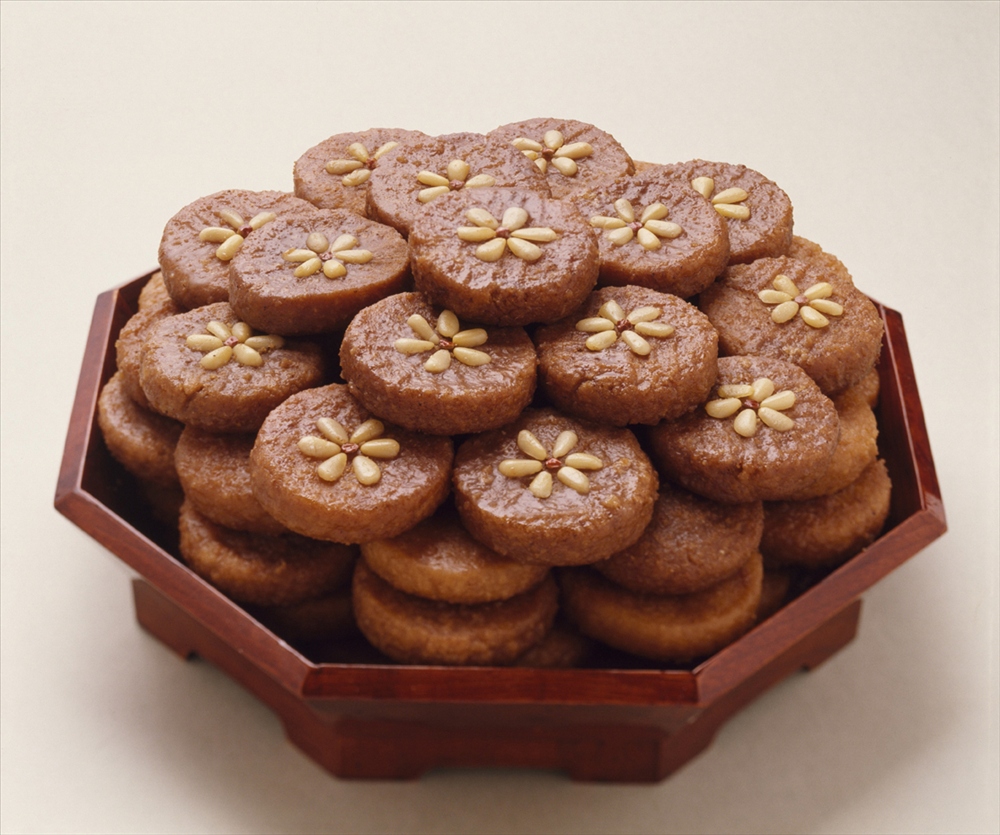
Yakgwa is a traditional Korean dessert made from wheat flour, sesame oil, honey, and ginger juice. These deep-fried honey cookies are often shaped into intricate flower or bird designs and enjoyed for their delicate sweetness and aromatic flavor.
5 Key Facts
- Traditional Korean Dessert: Yakgwa is a traditional Korean dessert with a long history.
- Ingredients: It is made from a dough consisting of wheat flour, sesame oil, honey, and ginger juice.
- Preparation: The dough is deep-fried until golden brown and then soaked in a sweet syrup.
- Distinctive Shapes: Yakgwa is often shaped into intricate designs, such as flowers or birds, before frying.
- Delicate Flavor: It is prized for its delicate sweetness and subtle aroma, making it a favorite treat for special occasions and holidays.
Recipes to try
Yaksik
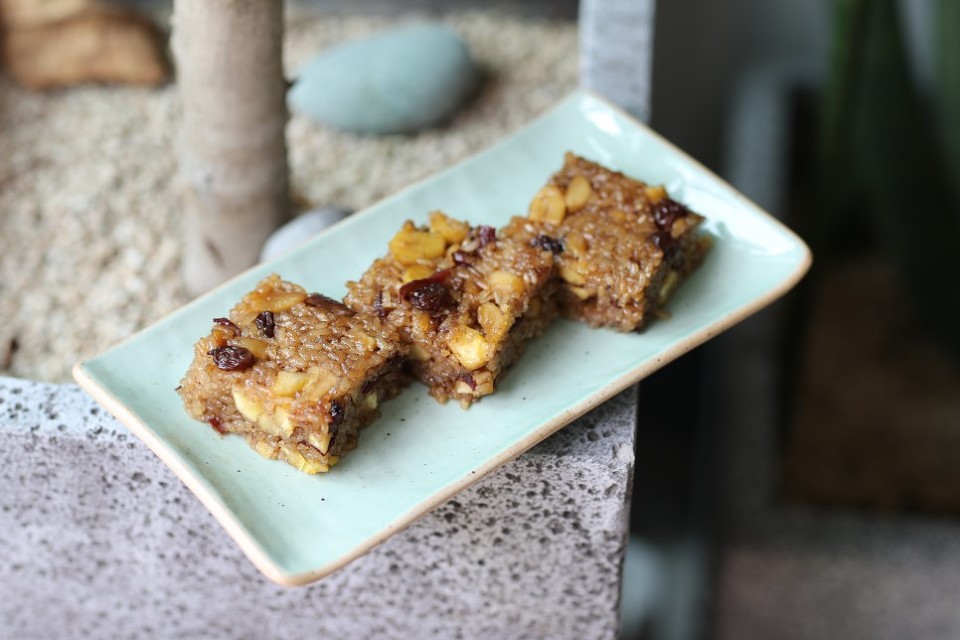
Yaksik is a traditional Korean sweet rice cake made with glutinous rice, dried fruits, nuts, and sweeteners like honey or brown sugar. Steamed and mixed with aromatic spices like cinnamon and ginger, Yaksik offers a chewy texture and a delightful balance of flavors.
5 Key Facts
- Traditional Korean Dessert: Yaksik is a traditional sweet rice cake enjoyed in Korean cuisine.
- Ingredients: It is made primarily from glutinous rice, dried fruits, nuts, and sweeteners such as honey or brown sugar.
- Aromatic Spices: Yaksik is flavored with aromatic spices like cinnamon and ginger, enhancing its taste and aroma.
- Steamed Preparation: The ingredients are steamed together to create a chewy and dense texture.
- Cultural Significance: Yaksik is often served during special occasions and celebrations, symbolizing good luck and prosperity.
Recipes to try
Sujeonggwa
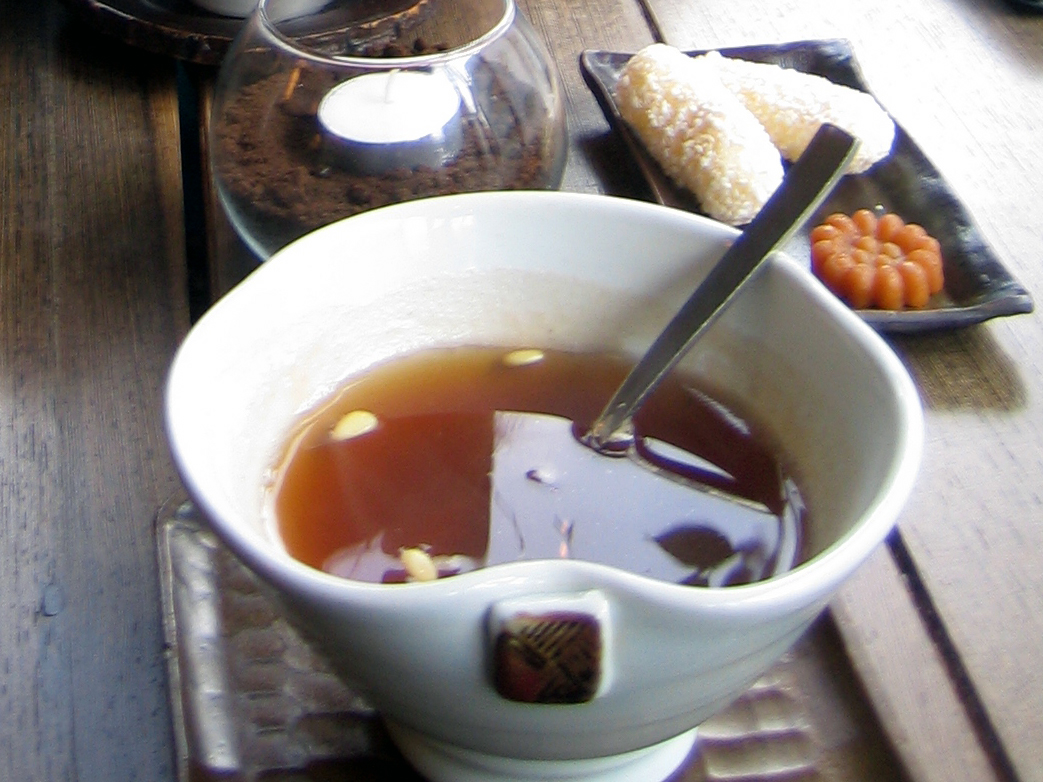
Sujeonggwa is a traditional Korean beverage made from dried persimmons, cinnamon, ginger, and sugar. Served cold, this sweet and spicy drink is often enjoyed as a dessert or palate cleanser. Its rich flavor and aromatic spices make it a favorite during festive occasions.
5 Key Facts
- Traditional Korean Beverage: Sujeonggwa is a traditional Korean drink enjoyed for its unique flavor profile.
- Ingredients: It is made from dried persimmons, cinnamon, ginger, and sugar, creating a sweet and spicy flavor.
- Serving Style: Sujeonggwa is typically served cold, making it refreshing and invigorating.
- Cultural Significance: It is often served during festive occasions and celebrations as a symbol of hospitality and abundance.
- Palate Cleanser: Sujeonggwa is also enjoyed as a dessert or palate cleanser, offering a refreshing end to a meal.
Recipes to try
Danpatjuk
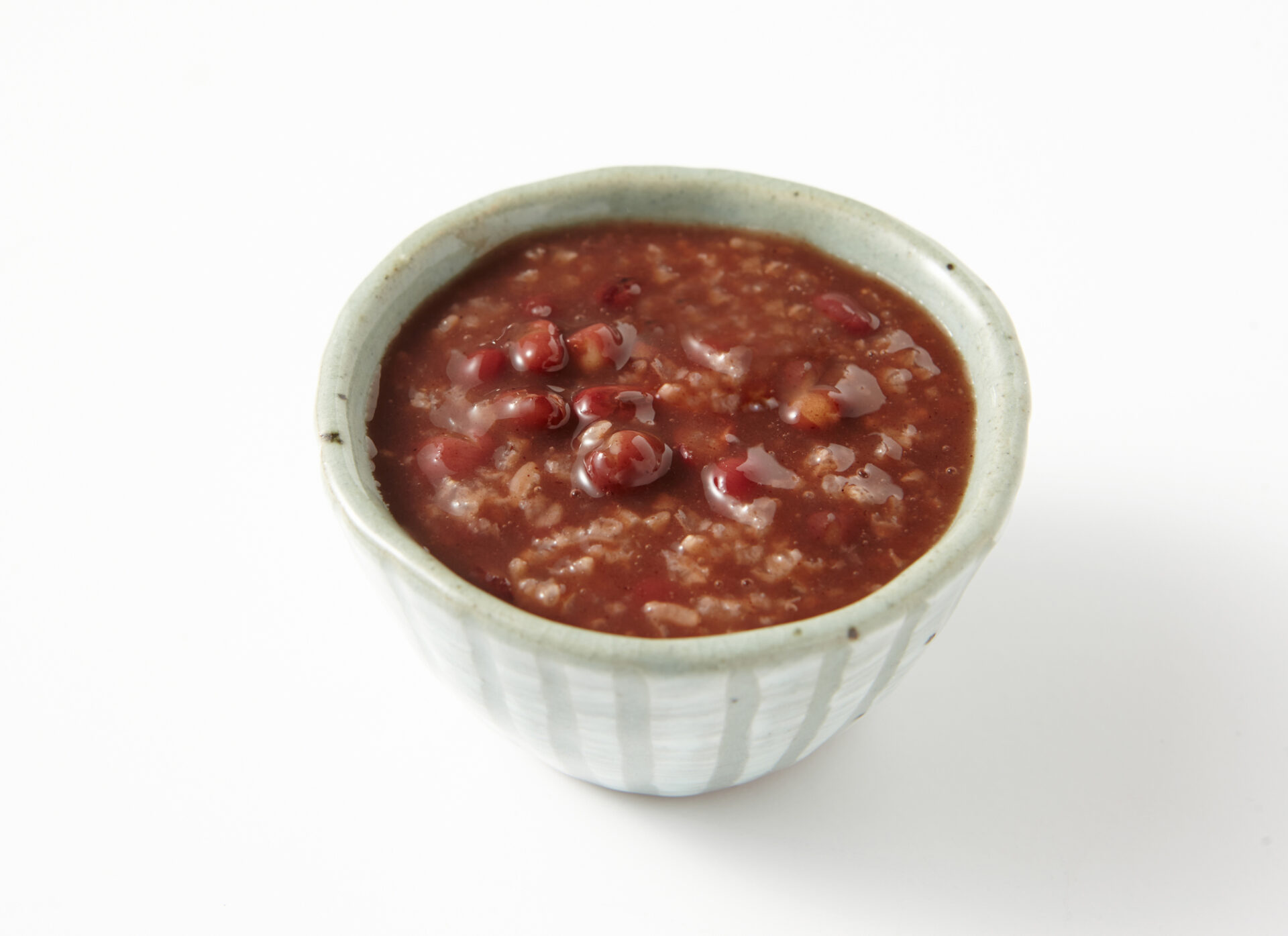
Danpatjuk is a traditional Korean sweet red bean porridge made from azuki beans, sweet rice, and sugar. Often served during Dongji (Winter Solstice) as a symbol of warmth and prosperity, this hearty and nutritious dish is enjoyed for its comforting taste and texture.
5 Key Facts
- Traditional Korean Dish: Danpatjuk is a traditional Korean sweet red bean porridge.
- Ingredients: It is primarily made from azuki beans, sweet rice, and sugar, creating a hearty and nutritious dish.
- Winter Solstice Tradition: Often served during Dongji (Winter Solstice), Danpatjuk symbolizes warmth and prosperity.
- Comforting: It is enjoyed for its comforting taste and texture, especially during cold winter months.
- Variations: While the basic recipe remains consistent, there are variations that include additional ingredients such as chestnuts or rice cakes for added flavor and texture.
Recipes to try
Like this Post? Save it on Pinterest!
